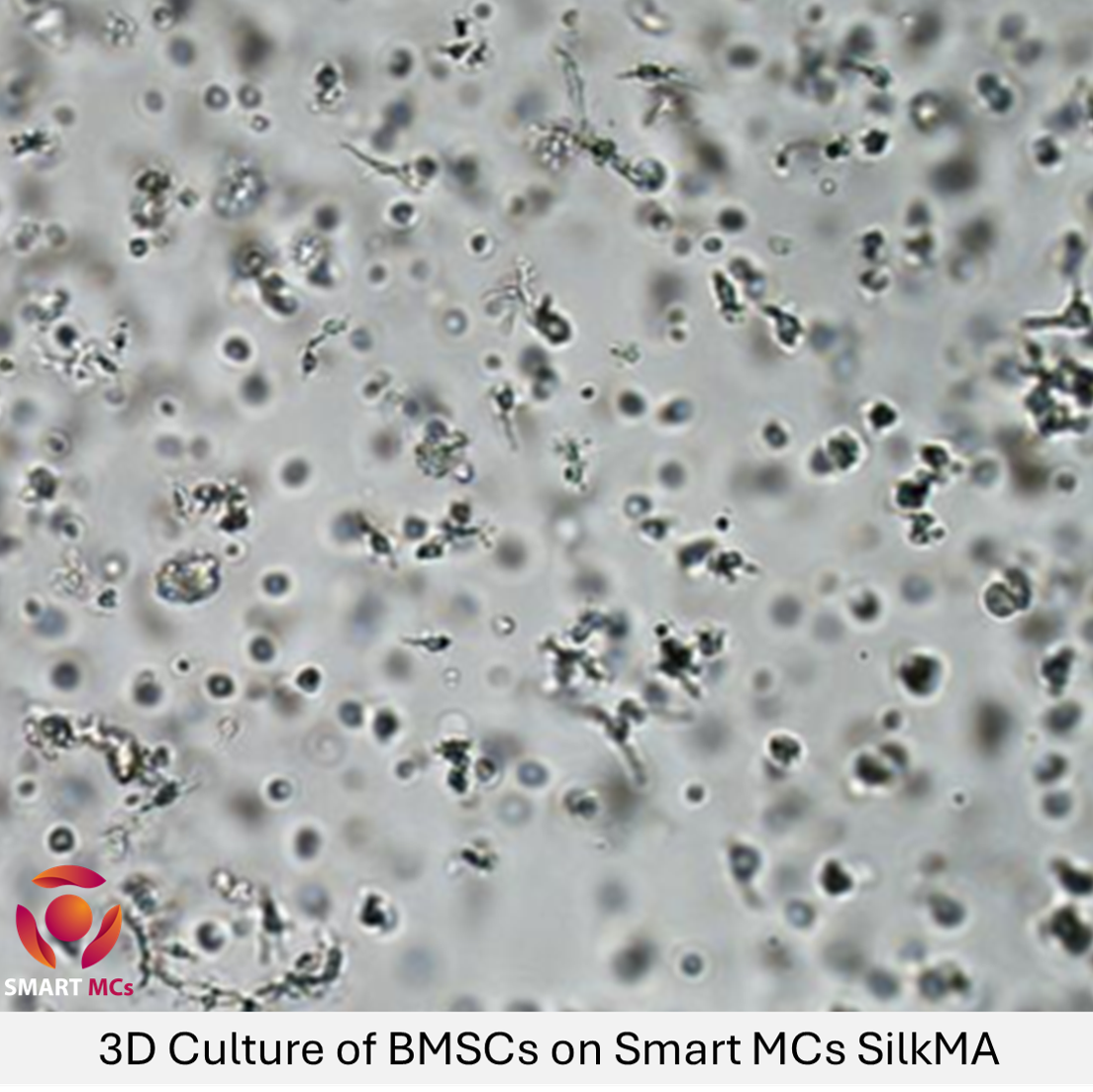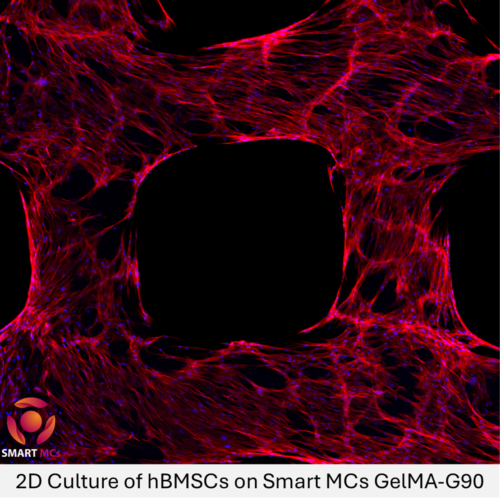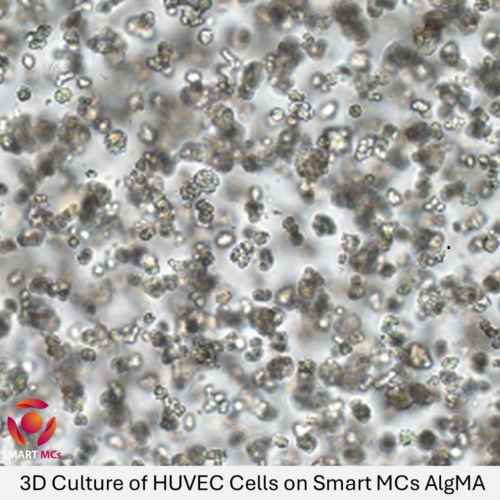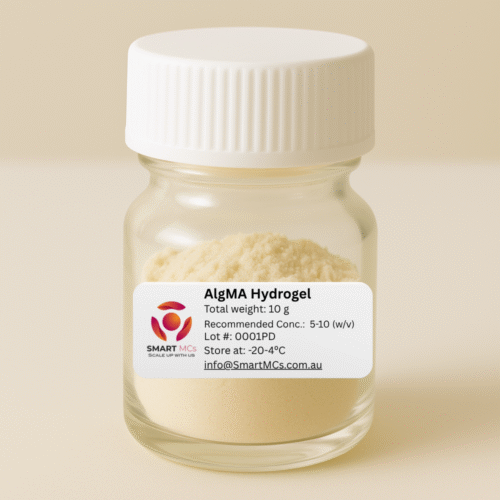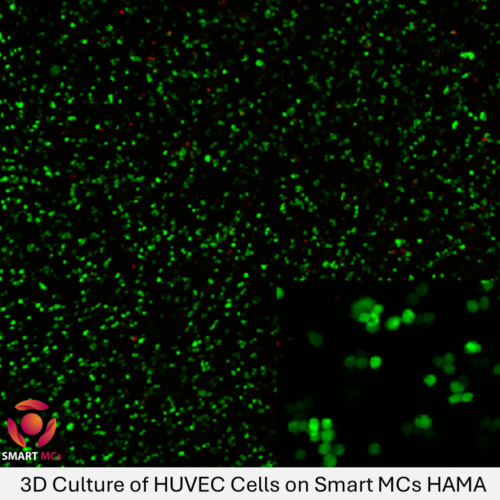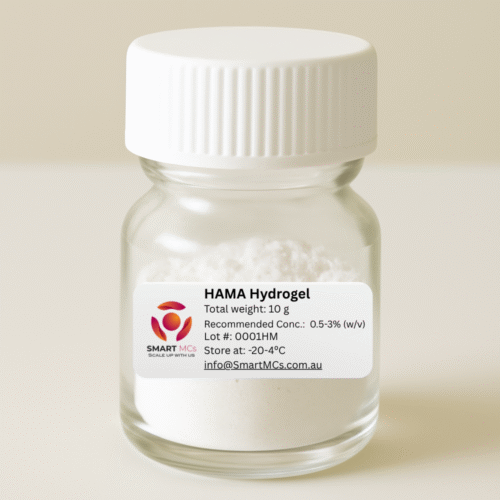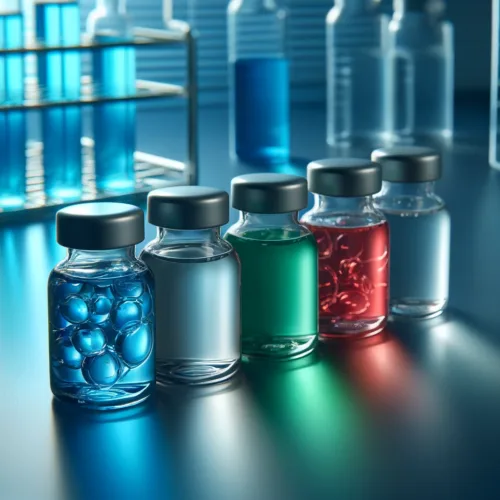Silk Fibroin (SF) is obtained through the degumming of silk, resulting in a high-molecular-weight polypeptide rich in various amino acids. It features both a hydrophobic (H) and a hydrophilic (L) peptide chain, with their unique amino acid sequences enabling the formation of diverse protein secondary structures. By manipulating these structures, the properties of silk fibroin materials can be tailored, enabling the creation of materials that are high-strength and highly oriented. SF is renowned for its excellent biocompatibility, biodegradability, and high tensile strength, making it a preferred choice in biomedical applications like wound dressings, artificial blood vessels, and cell culture.
Methacrylated silk fibroin, known as Silk Fibroin Methacryloyl (SilMA), is produced by modifying SF with glycidyl methacrylate, introducing double bonds into the SF molecule. This modification alters the SF’s spatial structure, transforming it from a crystal that’s challenging to dissolve in water to a material that can easily be dissolved and subsequently photocured into a hydrogel. This process enhances SilMA’s utility in various applications by facilitating its use in forming hydrogels.
Silk fibroin solution behaves as a semi-stable sol that can be prompted to undergo molecular self-assembly, leading to precipitation or gelation when exposed to external stimuli like strong shearing, ultrasound, high temperature, or organic solvents. The presence of a small amount of insoluble material within the silk fibroin solution is typical. To prevent the unintended precipitation of additional silk fibroin, it is advised to eliminate any insoluble matter through methods such as centrifugation or filtration.
Your Application, Our Commitment
Tell us more about your application, and let us craft the perfect hydrogel solution for you. Advancing your research and production is not just a goal—it’s a guarantee. Reach out today for a personalised quote and embark on a journey of discovery and innovation.


